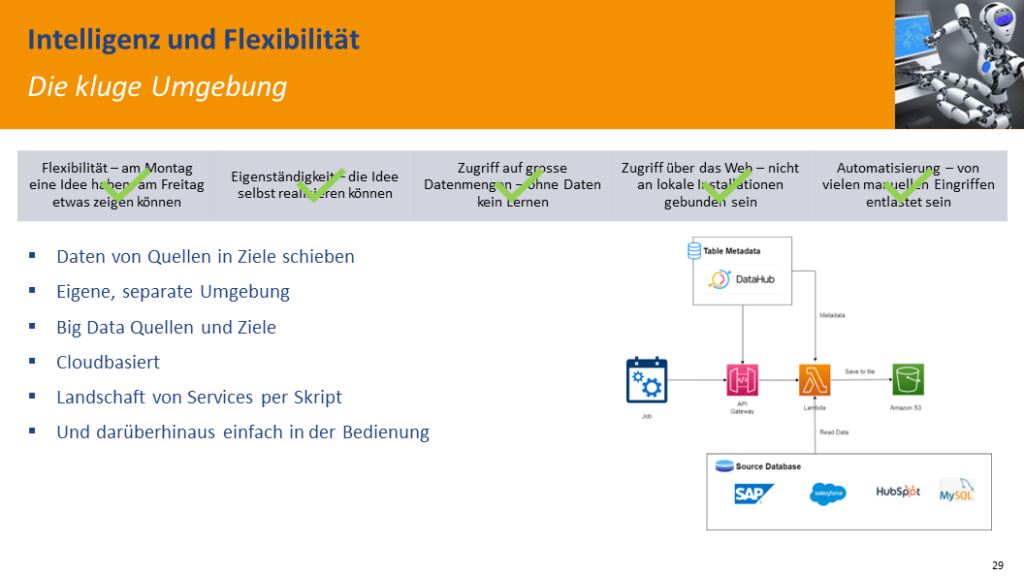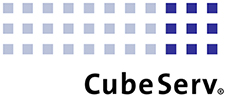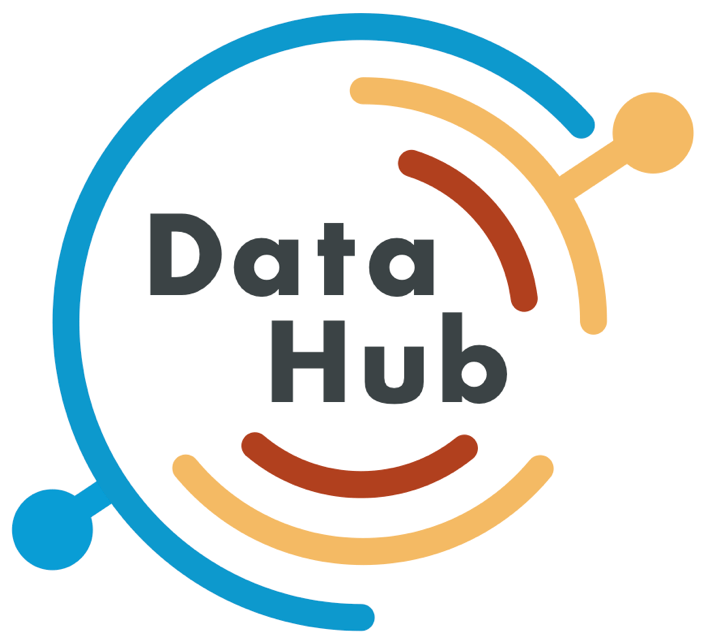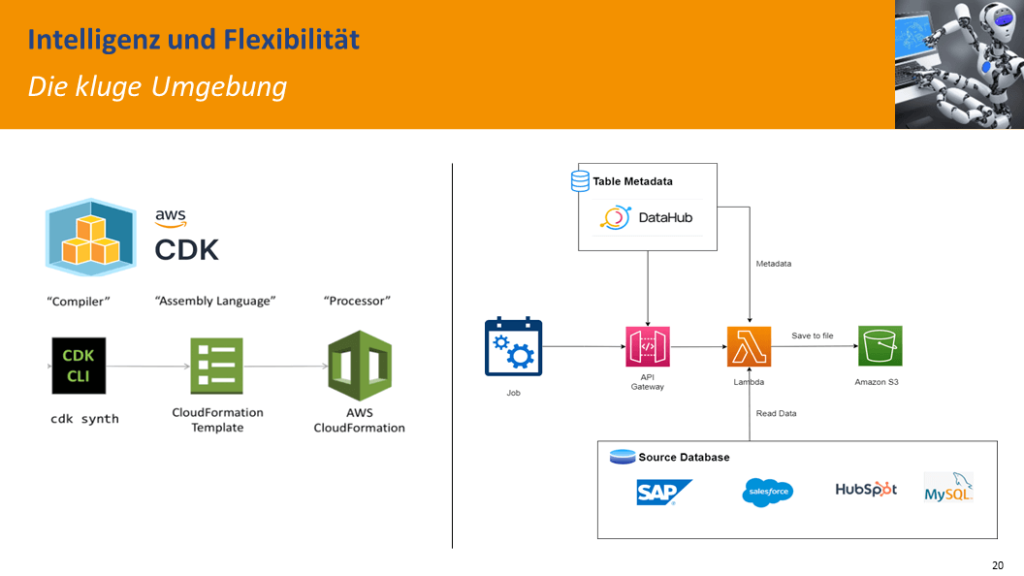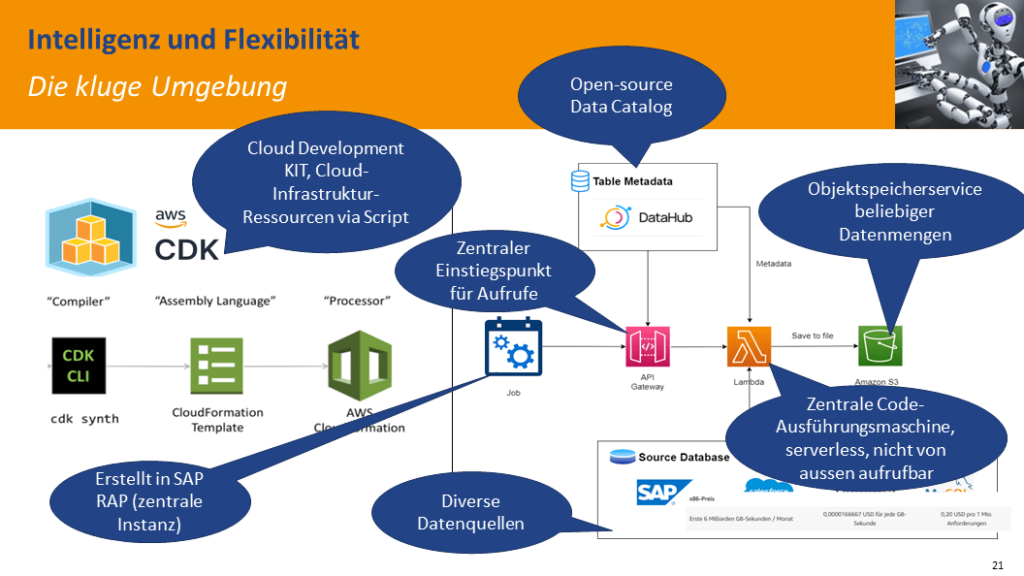“In God we trust. All others must bring data.” Whatever your attitude towards God, I am convinced that the quality of decisions determines which goals we set ourselves and which we achieve. We can almost always find the data in the data platform, the data warehouse, or the data lake. Even if software manufacturers promise otherwise, they never cover all applications. How does the data get into the Datalab if the source is not yet integrated? Originally, the aim was to provide an SAP data set at the push of a button. This flexibility is needed for “all” sources and “all” targets. CubeServ has created an environment that meets this need. It is explicitly not about replacing a data platform. The Business Analytics Platform is the right approach for creating data products and using them widely within the company.

How to provide SAP data easily, securely and with a focus on data governance.
Provisioning SAP data in an organization is a crucial task that needs to be done carefully to ensure the smooth running of business processes. Here are some steps you can follow to provision SAP data easily, securely, and with data governance in mind:
1. understand your data landscape
Before you start providing SAP data, it is important to have a clear understanding of your organization’s data landscape. You should know which data sources are available, which data streams flow between these sources, and which data storage locations are used. The data catalog takes on this function in complex landscapes. To get started, I recommend the LinkedIn DataHub.
LinkedIn DataHub is a powerful open-source data catalog designed to help organizations manage and discover their data landscape. As a centralized platform, DataHub enables the collection, storage, and retrieval of metadata from various data sources, improving the transparency and accessibility of information within the organization. In addition, DataHub provides lineage capabilities so that users can better understand the origin and flow of data within the system. By using LinkedIn DataHub as a data catalog, organizations can optimize their data governance strategy, foster collaboration between teams, and make informed decisions based on accurate and up-to-date information. Because LinkedIn DataHub is open source, organizations benefit from an active developer community that is continuously working to improve and expand the platform to meet the changing needs of users. SAP Datasphere comes with a data catalog that focuses on SAP datasets. Via open APIs, this information can be used (bi-directionally) to create a complete (LinkedIn-DataHub) data catalog.
2. implement a clear strategy for data governance
Data governance is an important aspect of SAP data provision and should not be neglected. A good data governance strategy includes:
- The definition of roles and responsibilities for data management
- Establishing processes to monitor and control data access
- The implementation of data protection and compliance measures
- Lightweight transformation (naming convention, anonymization, data type mapping)
- Transfer and consideration of authorizations

3. choose the right tools and technologies
Choosing the right tools and technologies is crucial for the successful provision of SAP datasets. The most important factors to consider when selecting tools and technologies include:
- Integration with existing systems and data sources
- The scalability and performance of the solution
- The user-friendliness and flexibility of the tools
- The security and data protection features
Our goal is to provide a service that leverages the benefits of an (AWS) cloud without making this a requirement and can serve different sources and targets. We have piloted it with SAP S/4HANA (SAP Dataset), SAP BW, Salesforce, Hubspot, MySQL, and AWS-S3 (object store).
4. implement robust security measures
Security is a critical aspect of SAP data provisioning and should be emphasized throughout the process. Some important security measures that should be implemented include:
- Encrypting data both at rest and in transit
- The use of secure authentication and authorization mechanisms
- Regularly reviewing and updating security policies and procedures
- Conducting security audits and penetration tests to identify and remediate vulnerabilities
5. continuously monitor and optimize the provision of data
Once you have made the SAP data available in your organization, it is important to continuously monitor and optimize the process.
